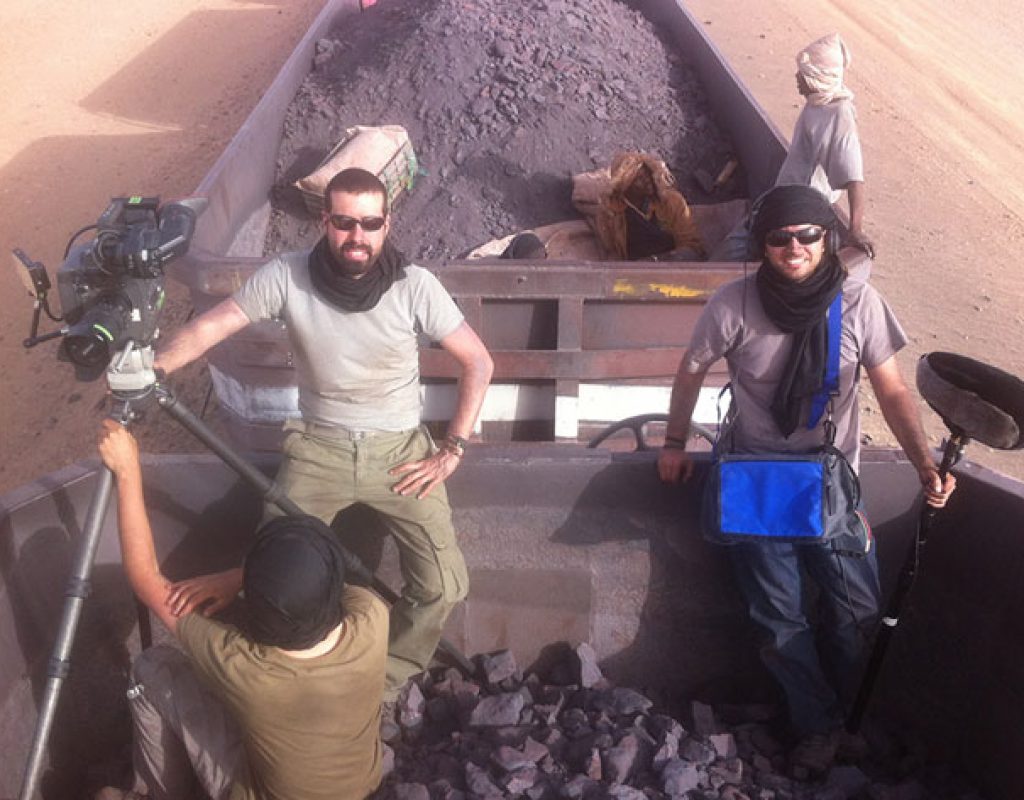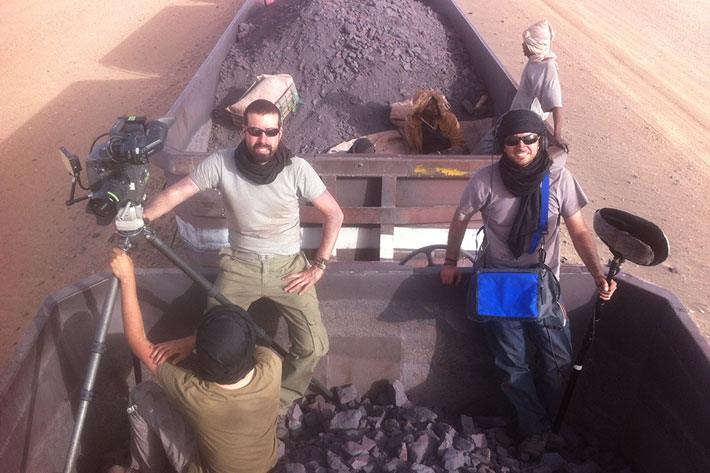
Shot entirely on a Sony F35 camera, with Nikon lenses, the new documentary by MacGregor is the result of a two year project. I had the chance, recently, to ask the filmmaker some questions about the choices made for this film.
MacGregor, or Miguel de Olaso, is no stranger to the readers of ProVideo Coalition. I’ve written here another story about the author, and how he used a Nikon D800 on a 8K quick lapse technique. Known for his continued work to find alternative solutions that filmmakers can use to create their stories, he is also known for his passion for the Sony F35, started years ago, when he bought – in 2012 – one and wrote, in a post at DVXUser, “The F35 inherits all the work Panavision developed with the Genesis. I was always in love with this camera when it was launched 3 years ago and now that rental companies (the only ones who could afford them) are getting rid of them I thought, heck, I’ll get one even if I only use it to shoot home videos.”
That post started a conversation that is still alive to this day, suggesting how the F35 continues to be loved and used, a decade after it was introduced to the market. MacGregor continues to use the camera for much of his work, and when the opportunity to film the Mauritania Railway documentary, he decided he wanted to use the camera. Although the original Sony F35, says MacGregor, “was a heavy big beast, after the arrival of the solid state recorders, a few years ago, the F35 became pretty compact and lightweight given the image quality it provided. Still, it is not a DSLR in terms of size, but is comparable to an Alexa for a fraction of the cost and size.”
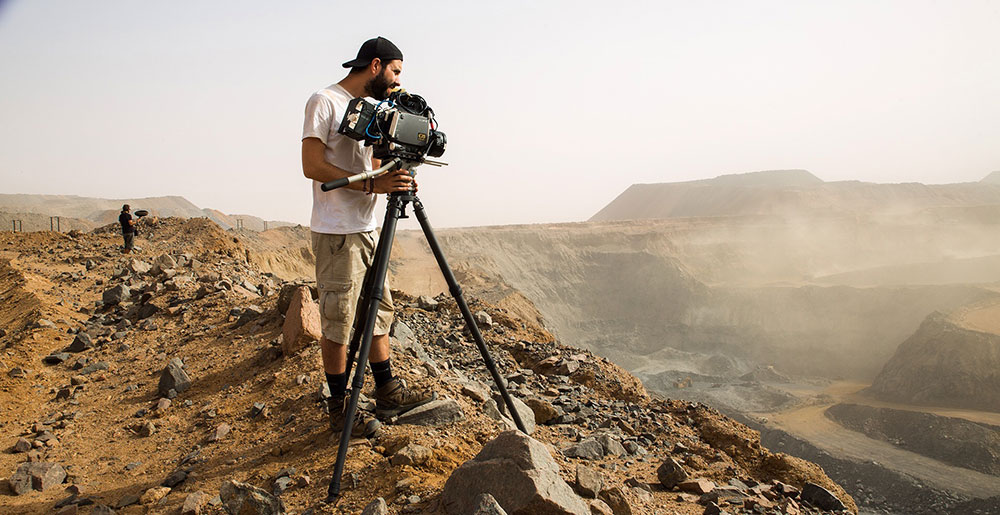
When the team started to explore the idea of a documentary film about the Mauritania Railway, the need for a camera setup able to shoot from atop a moving train made them search for solutions that would still offer the cinematic vision they were after. The documentary film, directed by MacGregor, tells the story of the railway built to transport Mauritania’s vast iron ore reserves, through the Sahara Desert on its way from the mining center of Zouerat to the port city of Nouadhibou on Africa’s Atlantic coast. It’s a 704-kilometer line known for having some of the longest and heaviest trains in the world, reaching 3-kilometers in length.
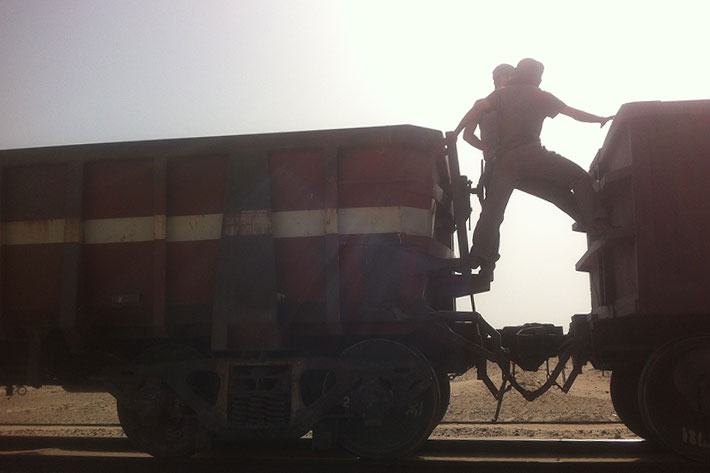
Passenger cars are sometimes attached to the train, but more often men opt to stow away atop the hopper cars, where daytime temperatures exceed 40°C. Death from falls is common. The Mauritania Railway: Backbone of the Sahara follows the journey of Malick, a 27 year-old merchant who relies on the train for his livelihood, even as he risks death each time he climbs aboard. Despite the danger, the train is a lifeline for Malick and the families that live along the railway’s path.
https://vimeo.com/224898025
Although MacGregor owns PL mount lenses, he did not want to get then ruined in the desert sands of Mauritania. They also needed to travel light and have a wide choice of lenses. That’s when, says MacGgregor, “I decided to modify my Sony F35 with a custom built Nikon mount. That would let me travel lighter and use way cheaper glass than PL but still keep a super high quality image. We needed to travel with all our gear for more than a month and be able to move fast. Would a DSLR or Canon C300 have been a better choice? Probably, but this project had to look amazing and I did not want to compromise on image quality. This had to look like a feature, shot on real locations and with real people. Of course not all the lenses made it back home, but the camera did and to this day it’s still working.”
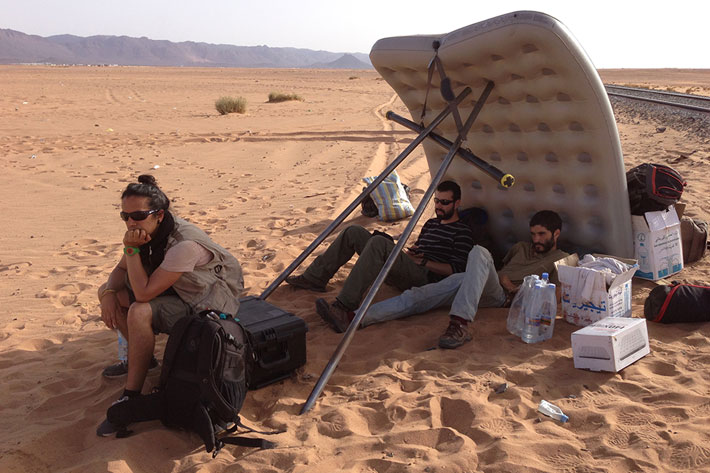
Over a two year period, the crew behind The Mauritania Railway: Backbone of the Sahara embedded themselves in the community of men and women who depend on the train for their livelihood. The result is a cinematic yet immersive glimpse into a way of life that exists nowhere else in the world. Furthermore, although it wasn’t easy to use a 25-pound camera setup shooting from atop a moving train, the resulting filmic quality gives audiences a view of Western Saharan landscapes that they’ve never seen before.
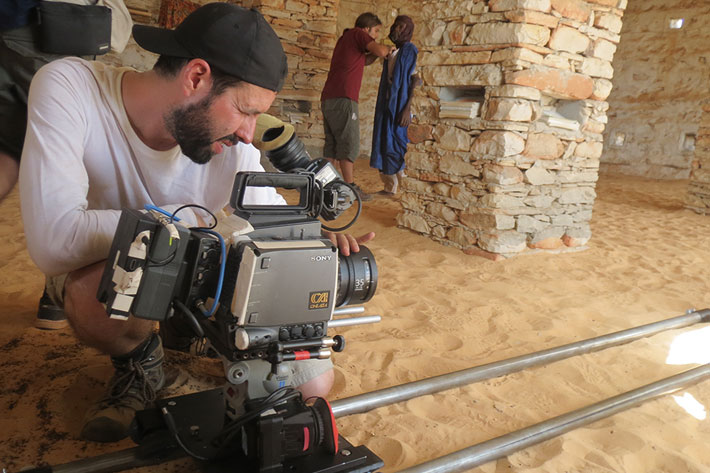
This was a passionate project, says MacGregor, “that we did for the fun of it. But shooting atop of this damn train was horrible, dusty, endless, painful… I wouldn’t recommend it to anyone. It might all look very pretty with nice music etc., but oh man, after three trips I said I’m not doing this again. Of course we ended up going back and shooting more footage… filmmakers joy yay! “
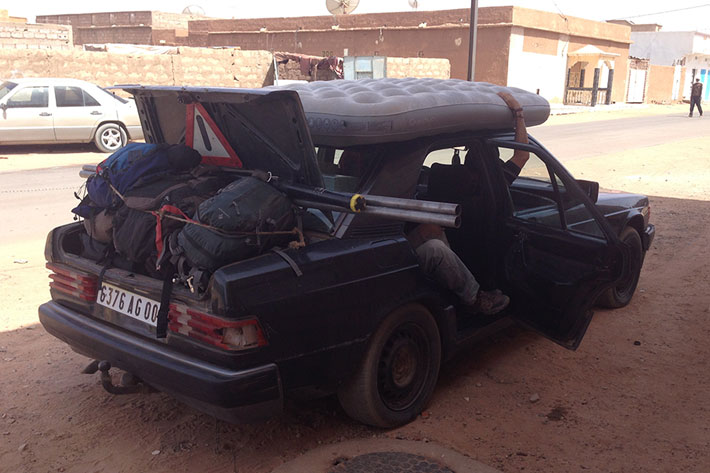
The Mauritania Railway: Backbone of the Sahara documentary film directed by MacGregor is concepted and produced in partnership with Antonio Aguilar, Tim Hyten, and Aaron Mckenzie. The film also features a score by award-winning composer Rhian Sheehan. In addition to his career as a commercial director and cinematographer, Macgregor has also garnered praise for his narrative films. Coming on the heels of his award-winning films Similo (2014) and Los Angeles 1991 (2015), The Mauritania Railway: Backbone of the Sahara expands upon MacGregor’s ability to make a landscape, as much as any human, a character in the unfolding drama.
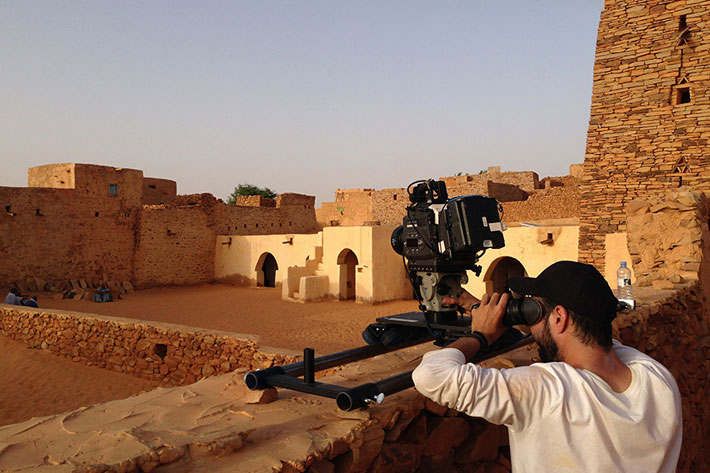
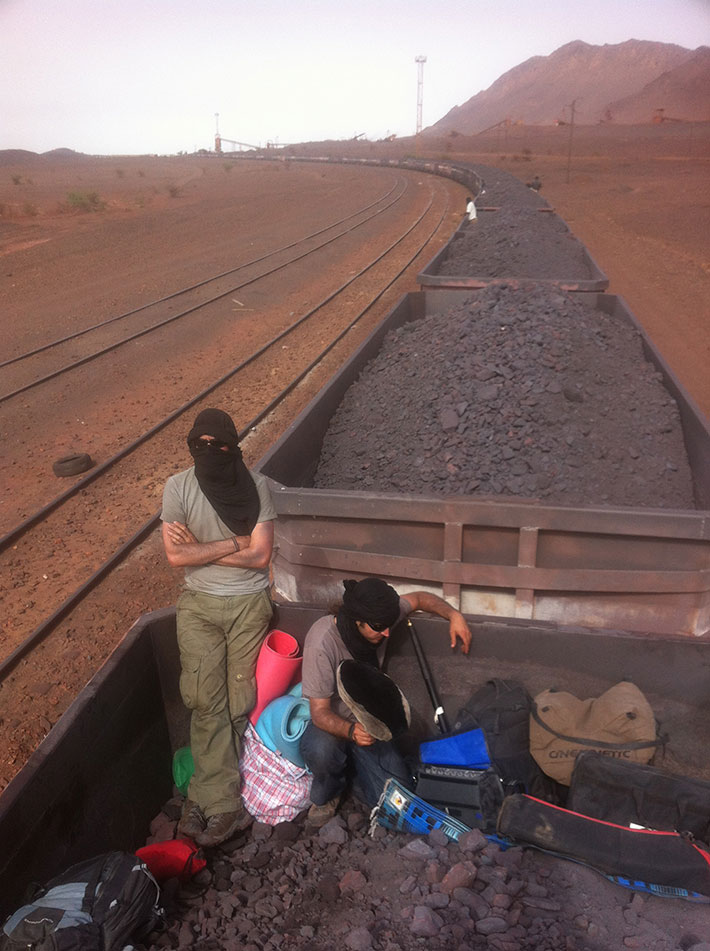 The Mauritania Railway: Backbone of the Sahara represents the proposed first installment of “Colliding Worlds,” a new series which explores some of the world’s most remote, harsh, and breathtaking environments, where traditional lifestyles collide with the modern world. These regions, too easily dismissed by travelers, are in fact backdrops for beautiful human pageants that play out every day. In the back of our minds, we know these places exist, but we never stop to think that human life goes on there everyday – and it goes on in fascinating ways. This series will leave the guidebook behind and bring these stories to the screen.
The Mauritania Railway: Backbone of the Sahara represents the proposed first installment of “Colliding Worlds,” a new series which explores some of the world’s most remote, harsh, and breathtaking environments, where traditional lifestyles collide with the modern world. These regions, too easily dismissed by travelers, are in fact backdrops for beautiful human pageants that play out every day. In the back of our minds, we know these places exist, but we never stop to think that human life goes on there everyday – and it goes on in fascinating ways. This series will leave the guidebook behind and bring these stories to the screen.
The documentary is earning early praise, including the top prize for cinematography at the XVI International Film Festival of Almeria, and the jury prize for stylistic achievement and best cinematography at the Social Impact Media Awards 2018. The film is currently being shown in festivals around the world, including the Full Frame Documentary Film Festival, the Moscow International Documentary Film Festival DOKer, the 41th Grenzland-Filmtage in Germany, and Cortoespaña, among others.
After having been screened in more than 20 film festivals around the world, the short documentary film Mauritania Railway: Backbone of the Sahara will be released online for free on May 14, 2018.

Filmtools
Filmmakers go-to destination for pre-production, production & post production equipment!
Shop Now